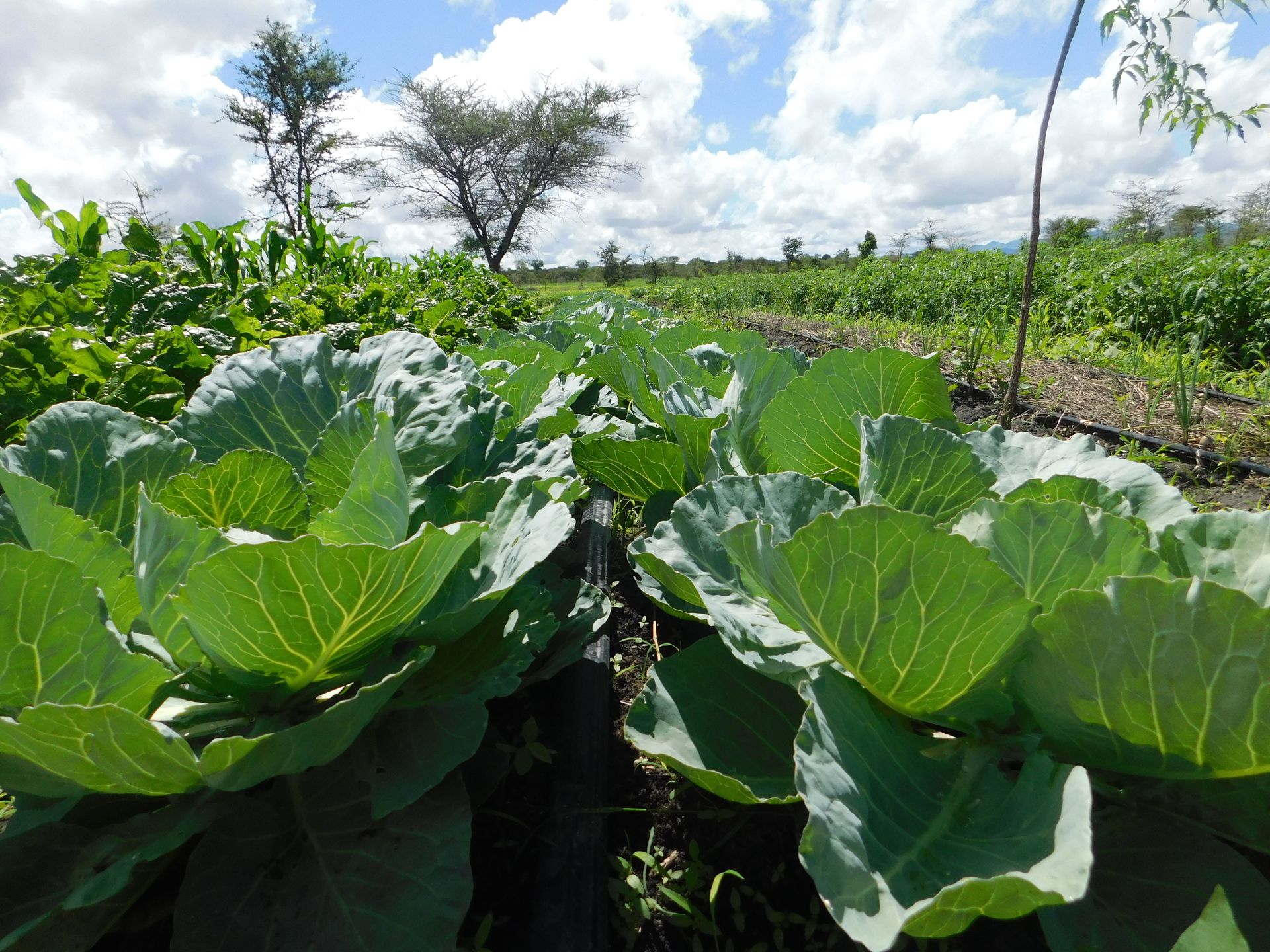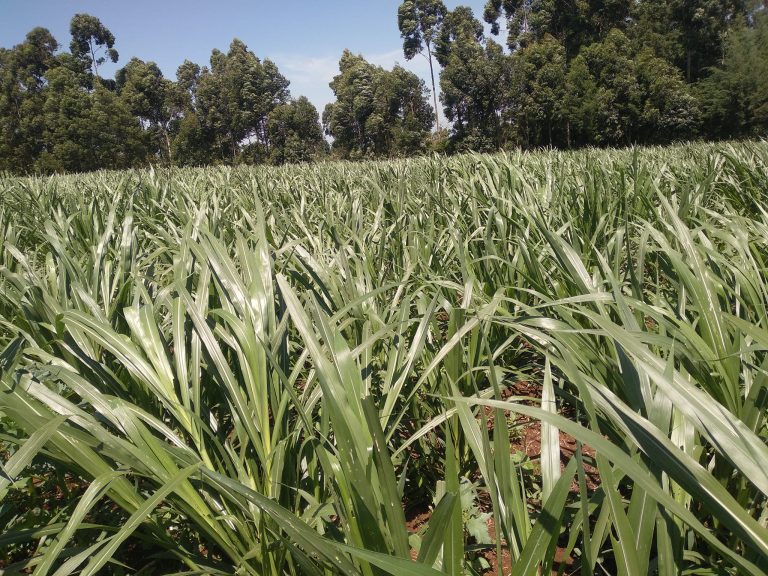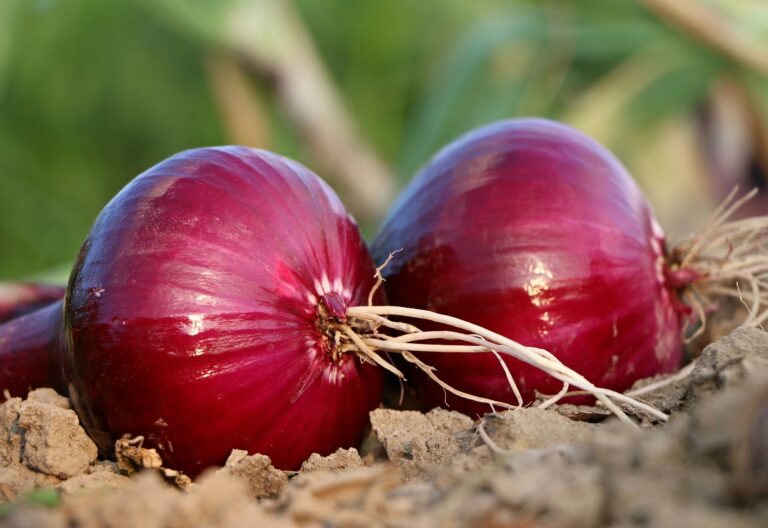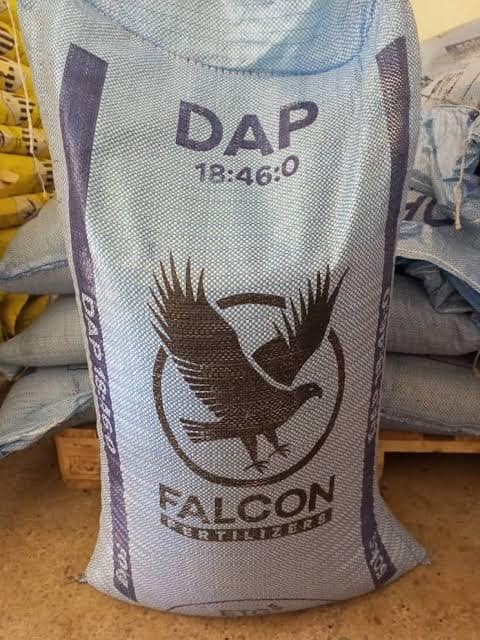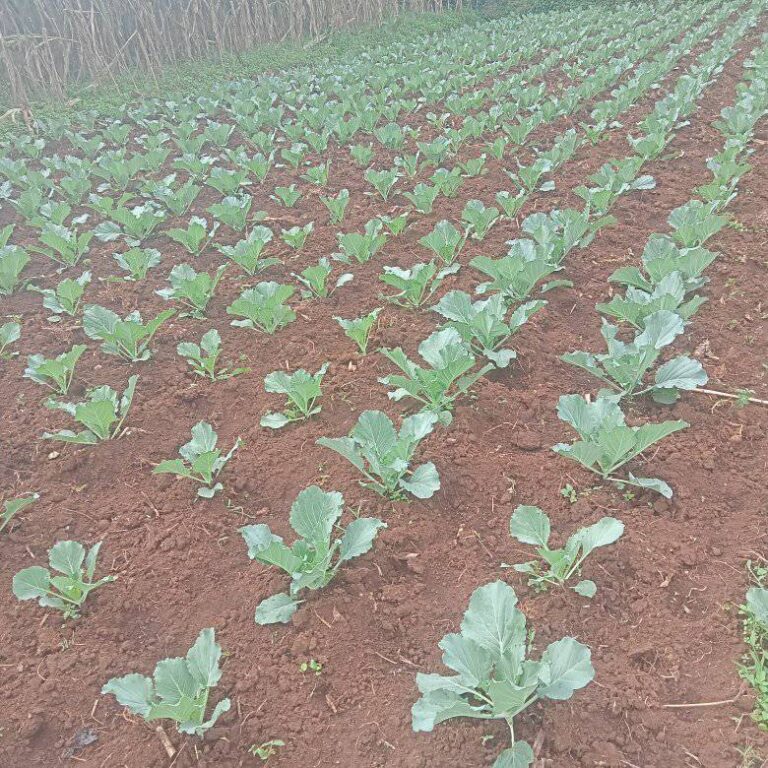Foliar Application Method for Fertilizers Application
Foliar application is a method of applying fertilizers directly to the leaves of plants. This technique involves spraying a liquid fertilizer solution onto the foliage, allowing the nutrients to be absorbed through the leaf surfaces.
Foliar fertilization is an effective way to provide supplemental nutrients to plants, particularly when soil conditions are not optimal for root uptake or when plants have specific nutrient deficiencies.
With foliar feeding, plants can absorb nutrients through their leaves, bypassing soil limitations and promoting rapid nutrient uptake.
By understanding the techniques and advantages of foliar spray, farmers a can optimize their fertilization methods and achieve the desired results.

Key Takeaways:
- Foliar application is a technique of applying fertilizers directly onto the leaves of plants.
- It allows for targeted nutrient application, promoting efficient nutrient absorption and utilization.
- Foliar feeding bypasses soil limitations and is particularly useful for correcting nutrient deficiencies.
- Applying foliar fertilizers during critical growth stages can enhance plant health and productivity.
- Proper timing and frequency of foliar application are crucial for maximizing its benefits.
- Foliar spray techniques offer advantages such as increased nutrient uptake efficiency and growth in unfavorable conditions.

What is Foliar Application Method for Fertilizers Application?
The foliar application method is a process of applying fertilizers directly to the leaves of plants. It involves diluting the fertilizers in water and spraying the solution onto the foliage using specialized equipment, such as sprayers or misters.
The nutrients in the fertilizer solution are then absorbed by the leaves and transported to different parts of the plant, aiding in growth, development, and overall health.
Foliar application allows for nutrient absorption through leaves, bypassing the limitations of the soil.
This method provides several advantages, including increased nutrient uptake efficiency, targeted nutrient application, and the ability to promote growth in unfavorable conditions.
The application of foliar fertilizers can be particularly beneficial during periods when the soil may not be able to supply sufficient nutrients to meet the plant’s needs.
However, foliar application also has its disadvantages. It requires frequent applications to maintain nutrient levels since the nutrients applied through foliar spray are not stored within the plant.
There is a risk of potential leaf burn if excessive amounts or concentrated solutions are used. Additionally, the availability of nutrients through foliar application is limited compared to soil fertilization methods.
To gain a better understanding of the advantages and disadvantages of foliar application, let’s delve deeper into its specific benefits and limitations.
Advantages of Foliar Fertilizers
Foliar fertilizers play a crucial role in plant nutrition and health. They offer numerous benefits, including enhanced nutrient absorption, improved nutrient efficiency, targeted nutrient application, and increased plant health.
This method provides a more efficient way of delivering essential nutrients, as plants can quickly absorb and utilize the nutrients present in the foliar fertilizer.
One of the key advantages of foliar fertilization is its ability to improve plant health. By providing plants with the necessary nutrients directly through their leaves, foliar fertilizers help to address nutrient deficiencies quickly.
This targeted nutrient application can prevent or correct deficiencies, ensuring that plants have access to the essential elements they need for proper growth, development, and overall health.
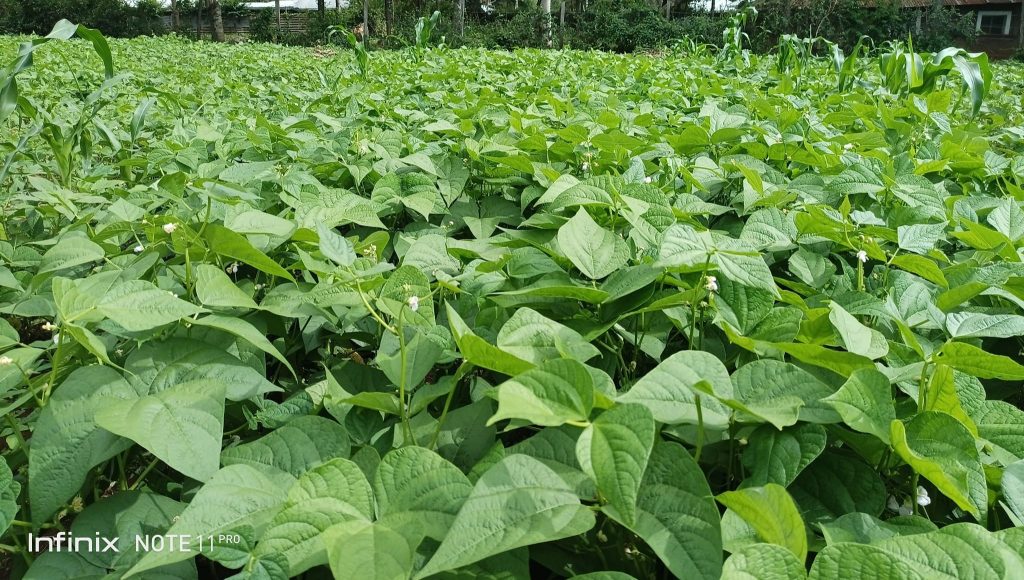
In addition to improved nutrient absorption, foliar fertilization can also enhance nutrient efficiency. The nutrients applied through foliar spray techniques are readily available for plants to use, reducing the risk of nutrient losses due to leaching or immobilization in the soil.
This targeted approach ensures that the plants receive the right amount of nutrients at the right time, optimizing their utilization and preventing wastage.
Foliar fertilizers also offer the advantage of faster nutrient uptake compared to traditional soil fertilization.
Since the nutrients are absorbed directly through the leaves, they can be transported quickly throughout the plant, reaching different parts that may not be easily accessible through root uptake.
| Benefits of Foliar Fertilization |
|---|
| Enhanced nutrient absorption |
| Improved nutrient efficiency |
| Targeted nutrient application |
| Increased plant health |
Example of Foliar Application Method
One successful example of the foliar application method is the use of foliar fertilizers in agriculture. In a specific case study, a farm implemented a foliar application technique to address nutrient deficiencies in their crops.
By spraying a carefully formulated foliar fertilizer solution onto the leaves of the plants, they were able to quickly correct nutrient deficiencies and promote healthy growth.
The foliar application method proved to be an effective and efficient way of delivering nutrients to the crops, resulting in improved yield and quality.
Examples of foliar fertilizer names in Kenya include Wuxal, YaraVita Crop Boost, Harmony RIZOFOS, Afrikelp, Booster Foliar Fertilizer, Greenphite® 600, Goldchance Super Start®, Plant Guard™, Lavender Total®, Zinc Gold®, Vitabor Gold®, Euro Gold®, HUMIGREEN XTRA®, and Lavender Flowers & Fruits
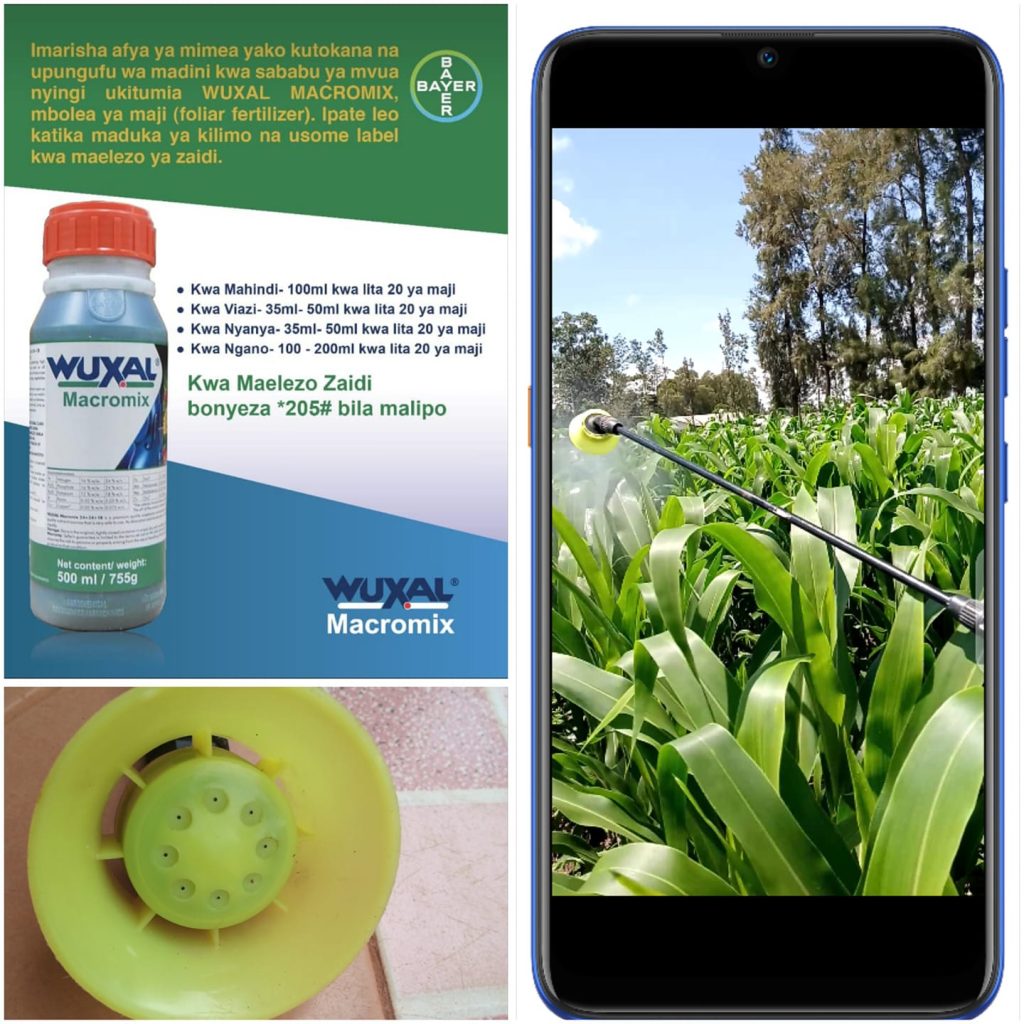
Best Time to Apply Foliar Fertilizers
The best time to apply foliar fertilizers is either between 7 and 10 am or after 5 pm when the plant’s stomata, the small openings on the leaves, are open.
Contrary to common belief, stomata play a minimal role in foliar nutrient absorption, as nutrients primarily diffuse through minute pores on the cuticle membrane, which are present throughout the day.
Therefore, the timing of foliar fertilizer application is more about environmental factors such as temperature and humidity, which affect the efficiency of absorption.
Applying foliar fertilizers during the early morning or late afternoon ensures that the air temperature is cooler and humidity is higher, creating optimal conditions for absorption.
Foliar feeds are best avoided during the warmest period of the day, hot weather, or when plants are wilted, as these conditions can lead to rapid drying of the spray, reducing nutrient absorption efficiency.
Timing & Stages In Foliar Fertilizer Application
Timing is a critical factor when it comes to the application of foliar fertilizers. To ensure optimal nutrient uptake and utilization, it is essential to apply foliar fertilizers during the plant’s critical growth stages.
These stages include early vegetative growth, flowering, and fruiting, where plants have high nutrient demands.
During early vegetative growth, plants are actively developing their root systems and foliage. Applying foliar fertilizers at this stage helps provide the necessary nutrients for healthy plant establishment and strong growth.
When plants enter the flowering stage, they allocate significant energy resources towards reproductive processes. This stage is crucial for successful pollination and fruit set.
Applying foliar fertilizers during flowering ensures that plants have access to the essential nutrients needed to support robust flower development and maximize fruit production.
As plants progress to the fruiting stage, their nutrient requirements intensify. Fruits require a significant amount of nutrients to develop properly and reach their maximum potential. Foliar fertilizers applied during this stage can help meet the increased nutrient demands and enhance fruit quality.
It is also important to consider the seasonal foliar application based on the specific crop and environmental conditions.
For example, in regions with distinct dry and wet seasons, foliar fertilizers may be applied during the dry season to supplement the limited nutrient availability in the soil and promote healthy plant growth.
When applying foliar fertilizers, it is crucial to consider weather conditions to avoid potential leaf burn. It is recommended to avoid applying foliar fertilizers during hot and sunny periods to minimize the risk of leaf damage.
Instead, choose cooler and cloudy days or apply during the early morning or late evening when temperatures are lower.
By adhering to these timing guidelines for foliar fertilizer application, farmers and gardeners can maximize the benefits of foliar fertilizers and promote optimal plant growth and productivity.
How Often to Apply Foliar Fertilizers
Generally, foliar fertilizers are applied every 7 to 14 days during the growing season for most crops.
However, it’s crucial to monitor the plants closely and adjust the application frequency based on their response and nutrient requirements.
Some crops may benefit from more frequent applications, especially during periods of rapid growth or when facing nutrient deficiencies.
Again, excessive application of foliar fertilizers can lead to nutrient imbalances or even phytotoxicity, so it’s essential to follow recommended dosages and application schedules.
Regular monitoring of plant health, soil nutrient levels, and weather conditions can help determine the optimal frequency of foliar fertilizer application.
When applying foliar fertilizers, it is crucial to strike a balance between providing sufficient nutrients to the plants and avoiding excessive fertilizer application.
Over-application of fertilizers can lead to nutrient imbalances or even leaf burn, which can be detrimental to plant health and growth. Therefore, it is essential to follow the recommended frequency guidelines for foliar fertilizer application to maximize the benefits and optimize plant growth and health.
